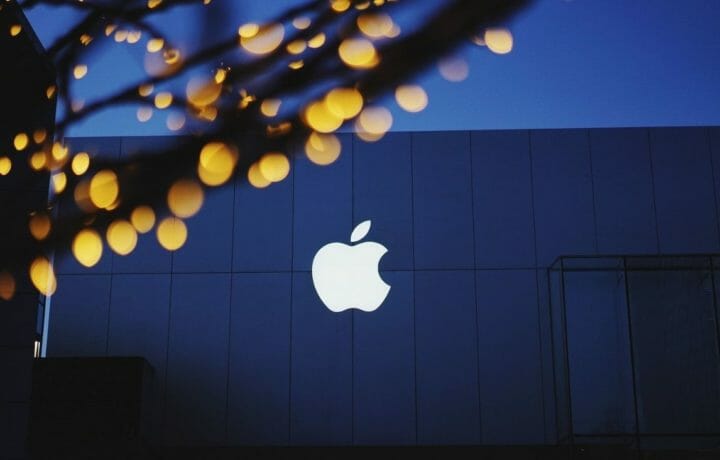What happens if a person shares their employer’s confidential intellectual property or trade secrets with media? Simon Lancaster, formerly of Apple Inc., is finding out, as he is being sued by Apple for his “misappropriation of Apple’s trade secrets.”
Lancaster is accused of leveraging his insider position to ingratiate himself with a correspondent (not identified) by providing him with inside information concerning product development. In addition, Lancaster, on his way out the door to his next gig at Arris, a vendor of Apple’s, harvested additional information from the Apple ecosystem. Lancaster stands accused of not only breaching his employment contract and confidentiality by the unauthorized disclosure of the company’s intellectual property with media, but he is also accused of intellectual property theft.
Who is Simon Lancaster
Lancaster was a 12-year veteran at Apple. Until November 2019, he worked as an Advanced Materials Lead and Product Design Architect. This position availed to him direct access to numerous hardware products being designed and produced by the company.
Revelation of Apple’s trade secrets
In late-November 2018, Lancaster was contacted by a correspondent who requested “secret Apple information” and the dance began. Over the course of the next year, Lancaster was the anonymous source of the correspondent who broke scoop after scoop, leveraging his senior access to provide info on not only what he was working, but on projects which he had visibility though no direct participation.
On the eve of Lancaster’s departure, he was contacted to acquire additional information on “Project X” from the trove of Apple’s secret information. To facilitate this request, just days prior to his departure, Lancaster attended a Project X meeting to acquire up-to-date trade secret data. The court filing makes clear, “Lancaster had no Apple business reason to attend that meeting” and Apple had specifically told him “he should not attend the meeting, especially given his announced departure.”
Theft of Apple’s intellectual property
Lancaster, on his final day of employment logged onto the Apple network from outside Apple’s facilities and began harvesting information which would be of use to him at Arris. He had to hurry since his credentials were expiring at midnight.
It gets sticky with Arris because they are a vendor of Apple’s and have access to Apple’s trade secrets. Therefore, the court has been requested to order the return of the secret Apple information and to enjoin Lancaster against any use of the information.
When a WAYMO engineer stole the company’s intellectual property and took it to Uber, he was sued by Google/Waymo and subsequently pleaded guilty to the crime of intellectual property theft after having been charged by the Department of Justice. Time will tell if Lancaster’s actions rise to the level of a federal crime worthy of Department of Justice engagement.
The take away for FSO’s
The insider threat program protects confidential information be they national defense/intelligence secrets or corporate trade secrets. FSOs should avail themselves to a review of the court documents which details how Apple works to protect their intellectual property.
The “need to know” remains a guiding principle. Lancaster was a senior employee, who had expanded access. Arguably, too much access, as he was able to harvest information outside of his personal swim lane. Make sure your employee’s need to know matches their lanes of responsibilities.




